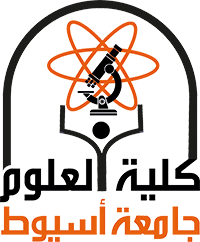Thermoluminescence solid-state detector is widely used to determine the dose in personnel and environmental monitoring for radiation protection purposes, for instance in the field of nuclear power production, medicine and research. However, thermal fading is a limiting factor for a long-term application, especially where temperature is changing significantly during the accumulation period. This paper studied the influence of temperature and duration of storage after irradiation on the thermal fading of the TL signal. Also, this paper discussed the dependence of the thermal fading on the trap parameters of TL glow peak. The most important parameters, which were considered here include the order of kinetics b, the depth of the trap level E (eV) and the frequency factor S (s-1). The dependence of the thermal fading on thermal stability parameters, namely trap depths and frequency factors for the glow peaks is discussed. The variation of the thermal fading as a function of the order of kinetics is demonstrated. In addition, this paper discussed the dependence of the thermal fading on the absorbed dose in case of first-, second- and general-order kinetics. The above-mentioned studies were arranged considering the models of first-, second- and general-order of kinetics
Research Abstract
Research Department
Research Journal
Proceedings of the Second All African IRPA Regional Radiation Protection Congress
Research Member
Research Publisher
NULL
Research Rank
3
Research Vol
NULL
Research Website
https://inis.iaea.org/search/search.aspx?orig_q=RN:39086463
Research Year
2007
Research Pages
5

